BMW’s i8 is a perfectly executed exercise in futurism
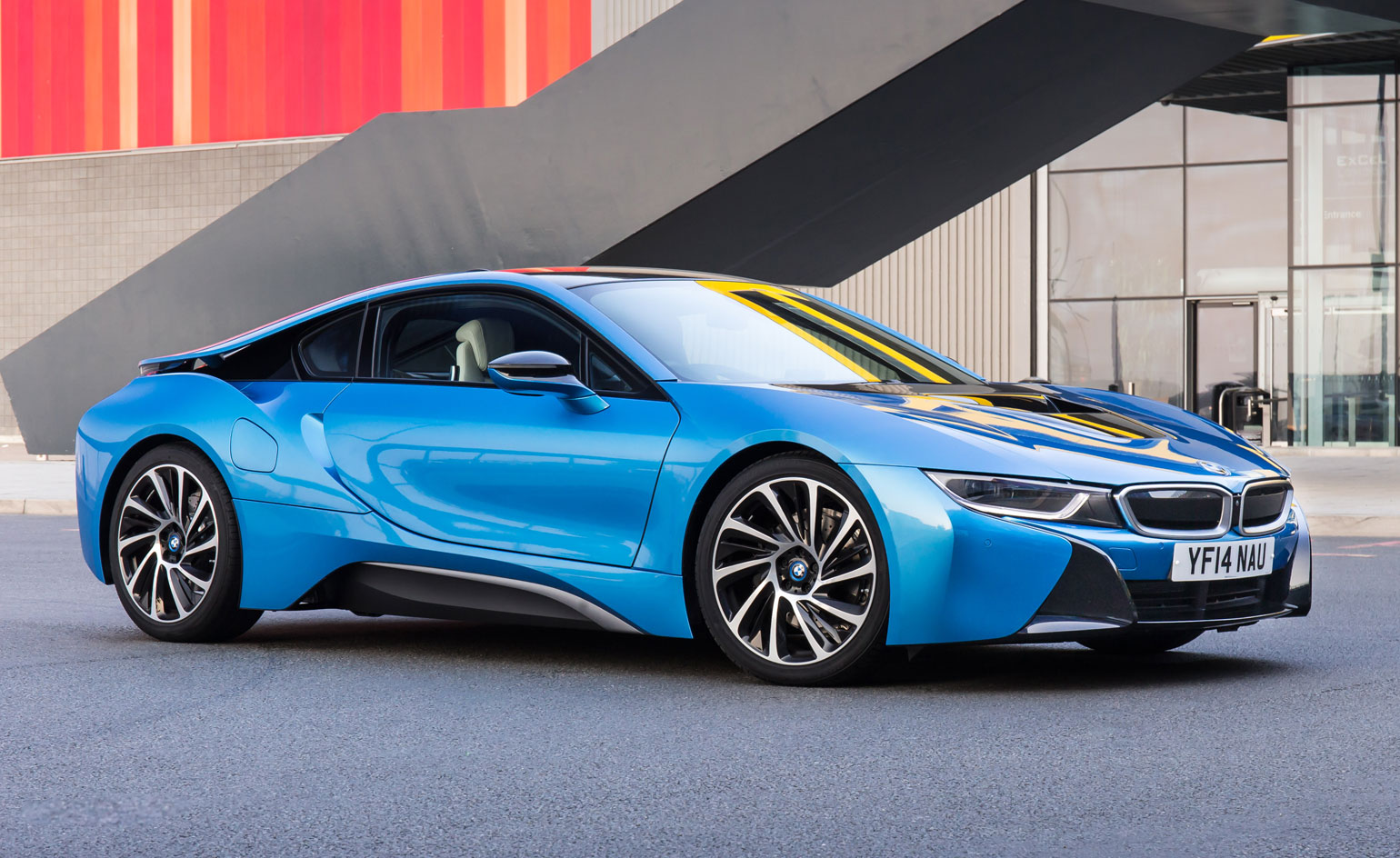
For all the billions poured into R&D, the motor industry can still come across as a rather conservative place. Innovation is largely incremental and quantum leaps are few and far between, held in check by a thicket of regulations and the ever-present fear of (expensive) failure. All credit, then, to BMW. When the company announced its 'Project i' programme back in 2008, the lengthy gap between concept and reality might have tried everyone's patience. The wait was worth it.
The original BMW Concept Vision Efficient Dynamics was first shown in 2009. That car became the BMW i8, although the final production version didn't break cover until four years later in 2013. It wasn't until summer 2014 that the first customers took delivery of a car that - by rights - should have felt distinctly last season. Yet it's a massive credit to the company's design team that the BMW i8 still looks like nothing else on the road. Concocted from a wilfully abstract arrangement of intersecting curves, it is recognisably a sporting BMW that combines nods to the great M1 of the late 1970s with distinctly avant-garde surfaces inside and out.
From the gull-wing doors to the sinuous line of blue trim that weaves its way around the interior, the i8 is perfectly executed futurism. Few modern cars attract the same attention. Passers-by might turn their heads at the approaching howl of a conventional supercar, but any visual drama soon pales against the aural onslaught of a barking exhaust pipe, especially in the cramped, echoing confines of the city.
Thanks to its complex but utterly convincing combination of compact engine and electric motors, the i8 just glides by in silence. Even when your battery charge is depleted the car is still hushed and refined on conventional power. BMW's engineers have cannily synthesised a more sporting exhaust note for occupants' ears only, played discretely through the stereo, so you can feel like you're tearing up the streets without appearing like a total hooligan in the process.
Out on the open road, the i8 accelerates and handles like a true sports car, proudly bearing BMW's traditional focus on balance, dynamics and steering precision. It's not quite as razor sharp as a Lotus or Porsche, but in mitigation the benefits far outweigh its immediate challengers. Thanks to the weight saving carbon fibre construction that offsets the heft of the batteries, the plug-in hybrid system not only delivers strong fuel economy but also excellent performance from a tiny petrol engine - the same as found in a Mini. At the same time, the packaging allows room (just about) for four, while the dashboard technology is class-leading and the cabin is a joy to sit in and operate.
Were we to give out a 'car of the year' prize, there's no doubt the i8 would be a strong favourite. In the next 18 months, others will attempt to replicate this formula - an electric Audi R8 is rumoured, for starters - but there's no doubt that right now the BMW i8 is the future made convincingly real and highly desirable.

Out on the open road, the i8 accelerates and handles like a true sports car, proudly bearing BMW's traditional focus on balance, dynamics and steering precision
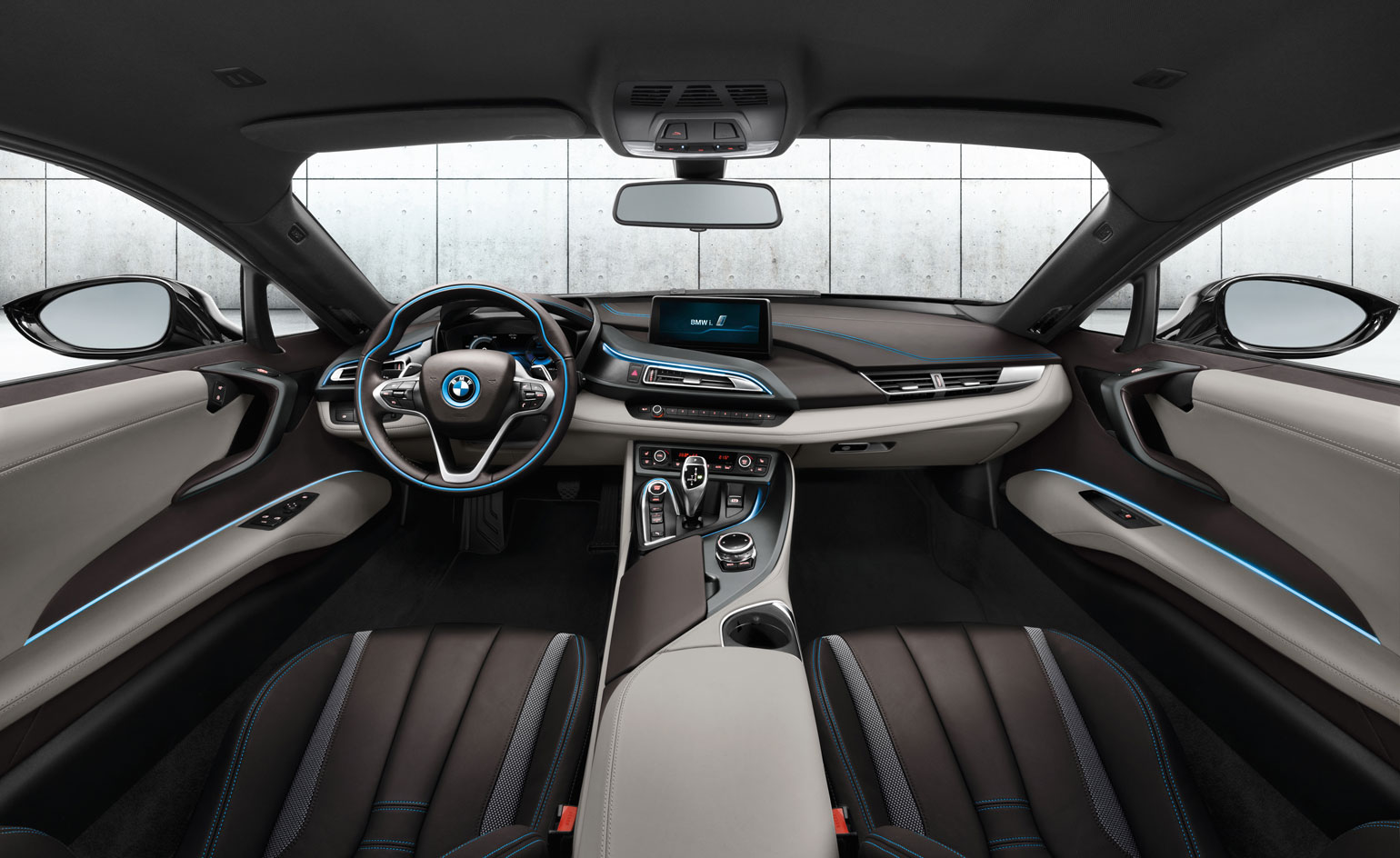
From the sinuous line of blue trim that weaves its way around the interior...
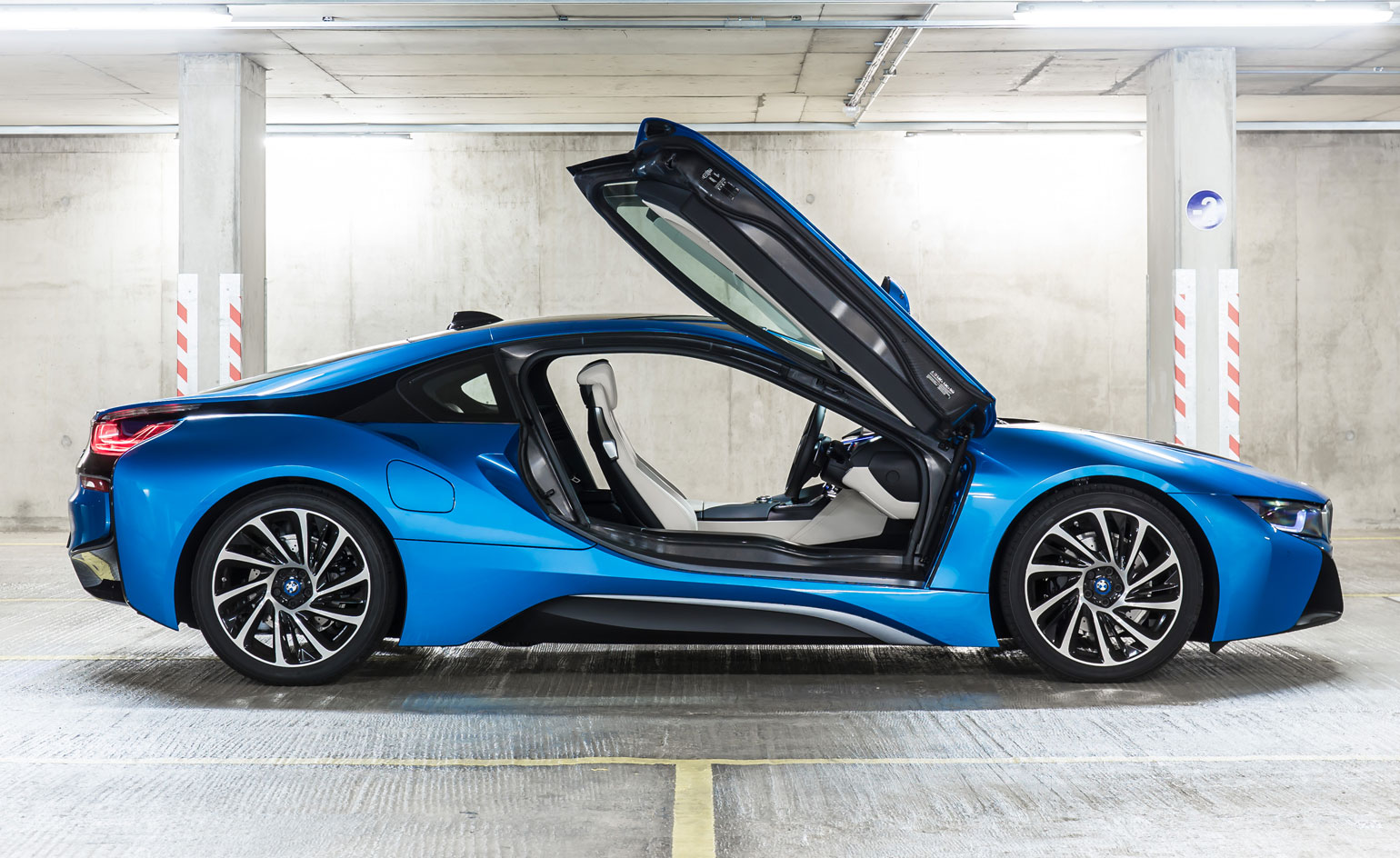
...to the gull-wing doors, the i8 is perfectly executed futurism

It's a massive credit to the company's design team that the BMW i8 still looks like nothing else on the road

The packaging allows room for four, while the dashboard technology is class-leading and the cabin is a joy to sit in and operate
Receive our daily digest of inspiration, escapism and design stories from around the world direct to your inbox.
Jonathan Bell has written for Wallpaper* magazine since 1999, covering everything from architecture and transport design to books, tech and graphic design. He is now the magazine’s Transport and Technology Editor. Jonathan has written and edited 15 books, including Concept Car Design, 21st Century House, and The New Modern House. He is also the host of Wallpaper’s first podcast.
-
 St. Regis Hotels and Resorts illustrates its spirit of celebration
St. Regis Hotels and Resorts illustrates its spirit of celebrationA collaboration between St. Regis and New York artist Tug Rice captures the storied brand’s Gilded Age glamour and decadent modernity
-
 Five women-led studios reshaping Indian creativity at Design Mumbai 2025
Five women-led studios reshaping Indian creativity at Design Mumbai 2025Design Mumbai 2025 opens 26-29 November – Wallpaper* meets five women-led local brands exhibiting at this year's show
-
 An Australian holiday home is designed as a bushfire-proof sanctuary
An Australian holiday home is designed as a bushfire-proof sanctuary‘Amongst the Eucalypts’ by Jason Gibney Design Workshop (JGDW) rethinks life – and architecture – in fire-prone landscapes, creating a minimalist holiday home that’s meant to last
-
 All the new electric cars and concepts revealed at Munich’s IAA Mobility 2025
All the new electric cars and concepts revealed at Munich’s IAA Mobility 2025Munich’s alternative motorshow is now in its third iteration, combining a traditional exhibition space with a conference and large-scale public activations on the streets of the city
-
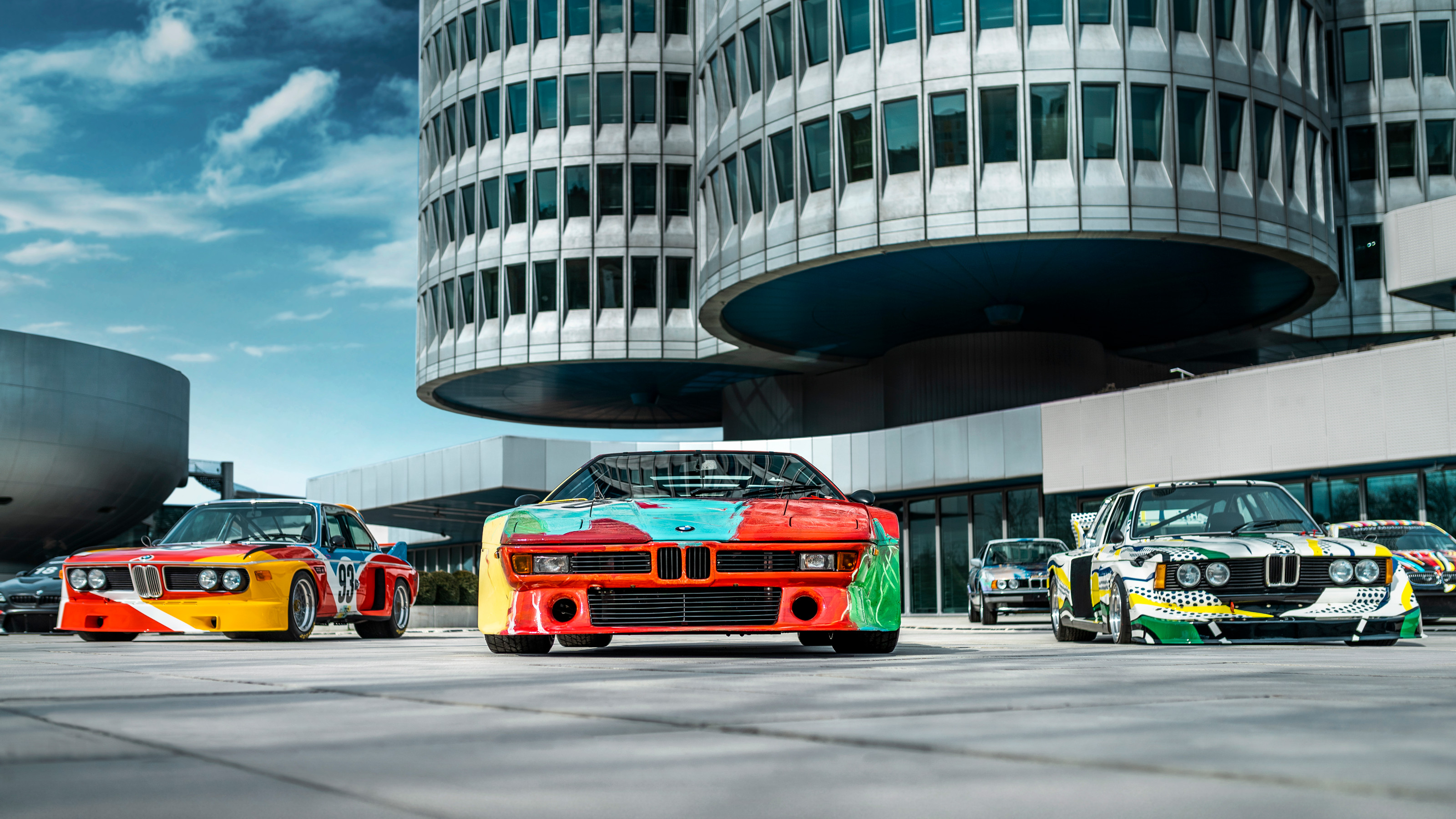 BMW celebrates half a century of its pioneering Art Car project with exhibitions and more
BMW celebrates half a century of its pioneering Art Car project with exhibitions and moreWe present a portfolio of the artists who have contributed to 50 years of BMW Art Cars, including Andy Warhol, John Baldessari, Jenny Holzer and David Hockney
-
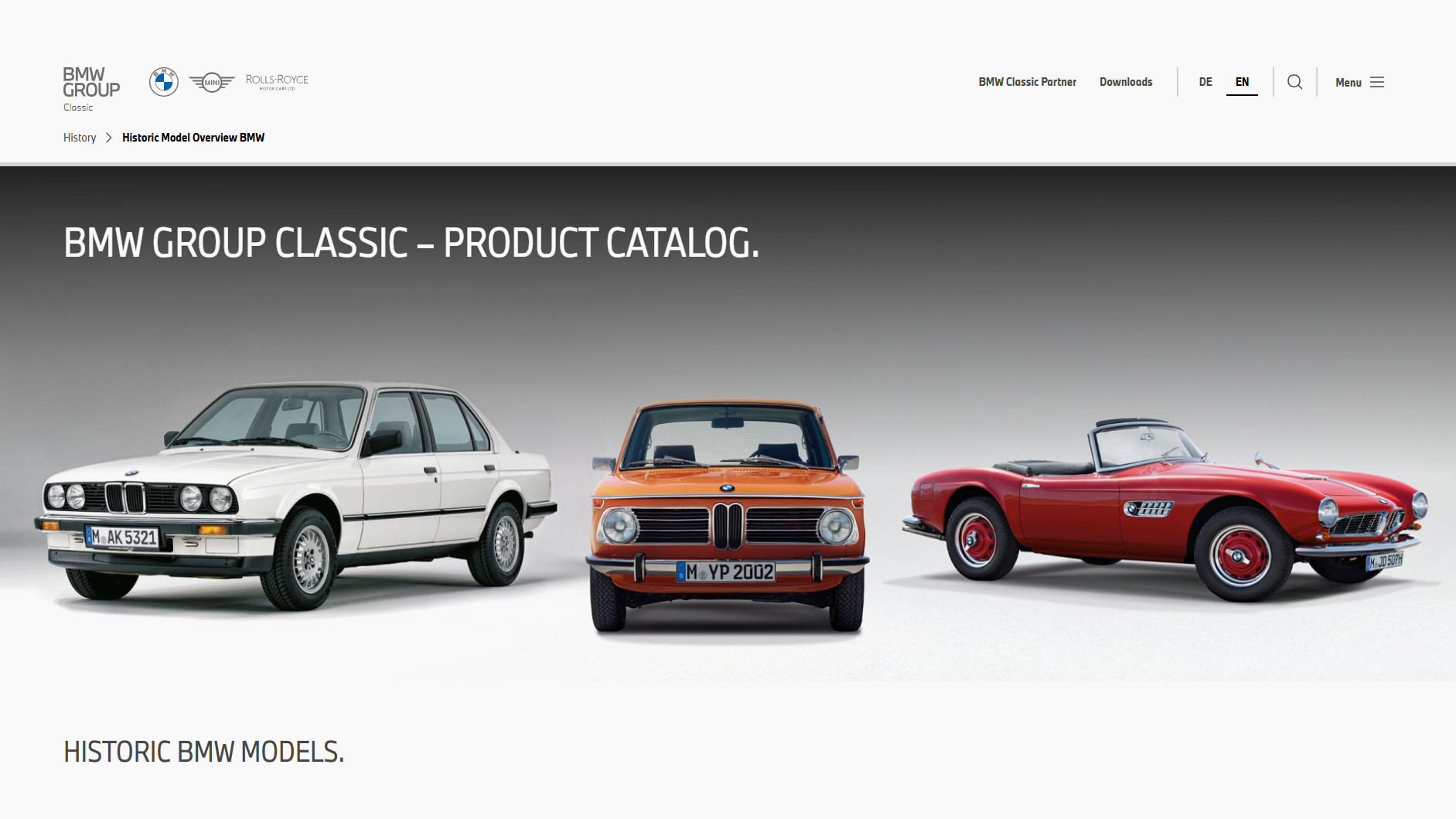 Peruse the new BMW Group Archive to explore the evolution of BMW design over the decades
Peruse the new BMW Group Archive to explore the evolution of BMW design over the decadesFor lovers of the marque, BMW’s commitment to online archiving is second to none. The latest website from the Bavarian manufacturer is this extensive visual catalogue of 80 years’ worth of BMW design
-
 The top 10 concept cars of 2024, as selected by Wallpaper’s Transport Editor
The top 10 concept cars of 2024, as selected by Wallpaper’s Transport EditorWe round up our favourite forays into futuristic design with this collection of concepts and design studies showcasing the transport of tomorrow
-
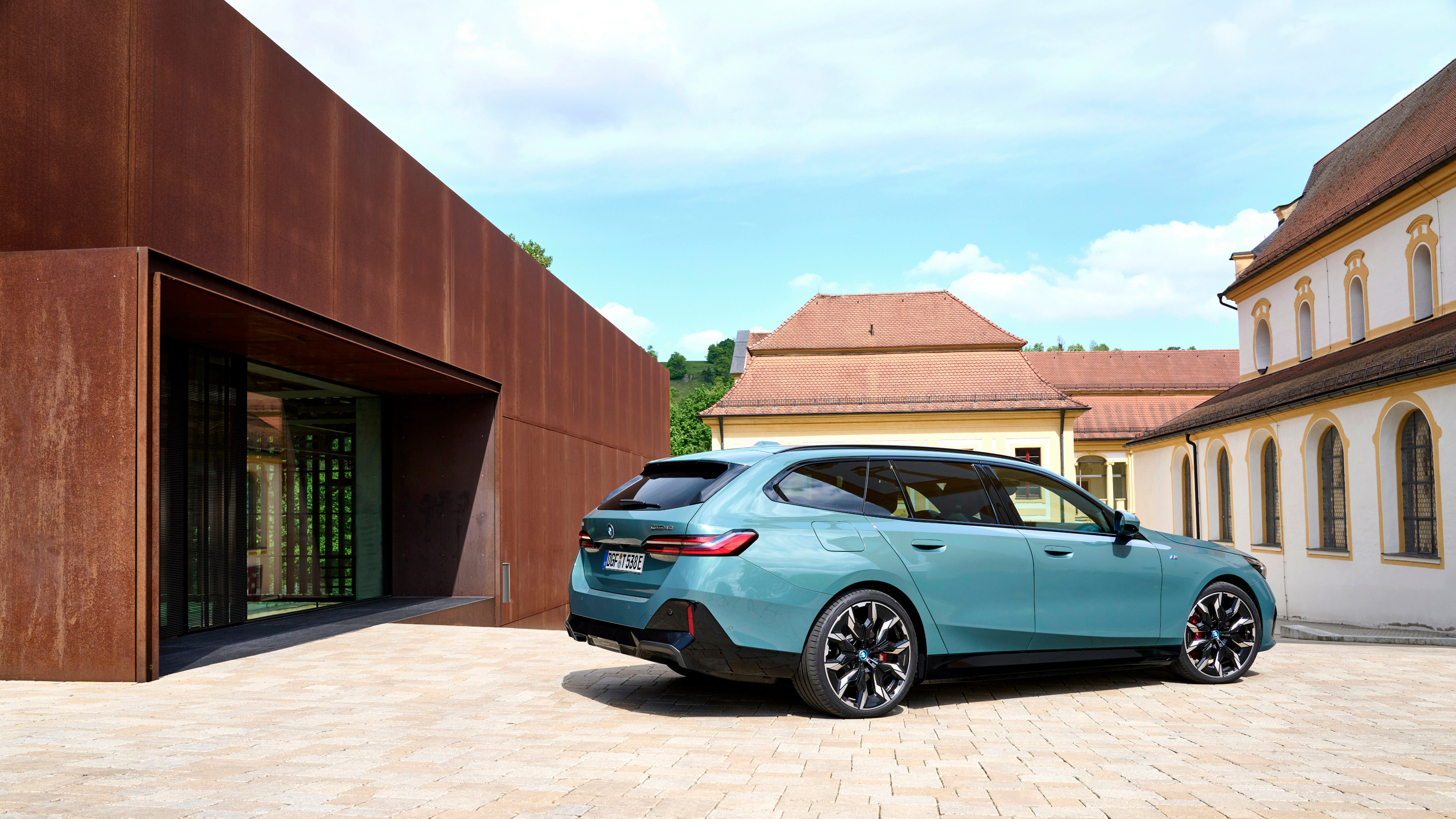 New BMW i5 Touring is an all-electric tech powerhouse that brings the noise
New BMW i5 Touring is an all-electric tech powerhouse that brings the noiseBMW has thrown its considerable expertise into making the i5 eDrive40 M Sport Pro Touring the ultimate zero-emission all-rounder. Jonathan Bell tries it out
-
 BMW’s limited-edition Skytop roadster draws on the past. Could it also predict the future?
BMW’s limited-edition Skytop roadster draws on the past. Could it also predict the future?Just 50 examples of the BMW Skytop are being built, and they’ve all been spoken for. We examine whether this classically styled machine is a harbinger of aesthetic change
-
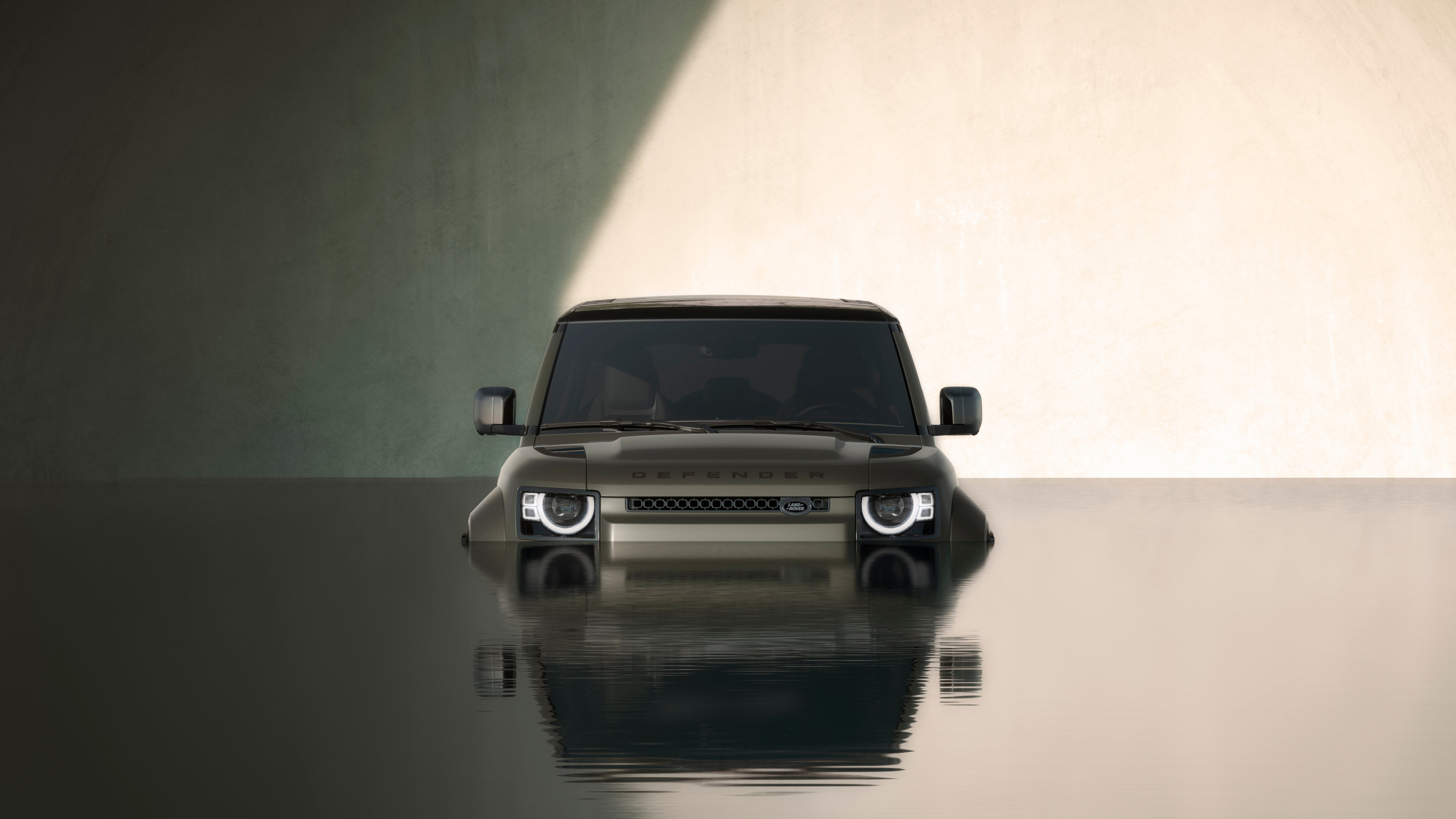 The 2024 Goodwood Festival of Speed hosted a wealth of auto innovation, from hypercars to hot hatches
The 2024 Goodwood Festival of Speed hosted a wealth of auto innovation, from hypercars to hot hatchesThe best new SUVs, EVs, hatchbacks and supercars to emerge from the 2024 Goodwood Festival of Speed
-
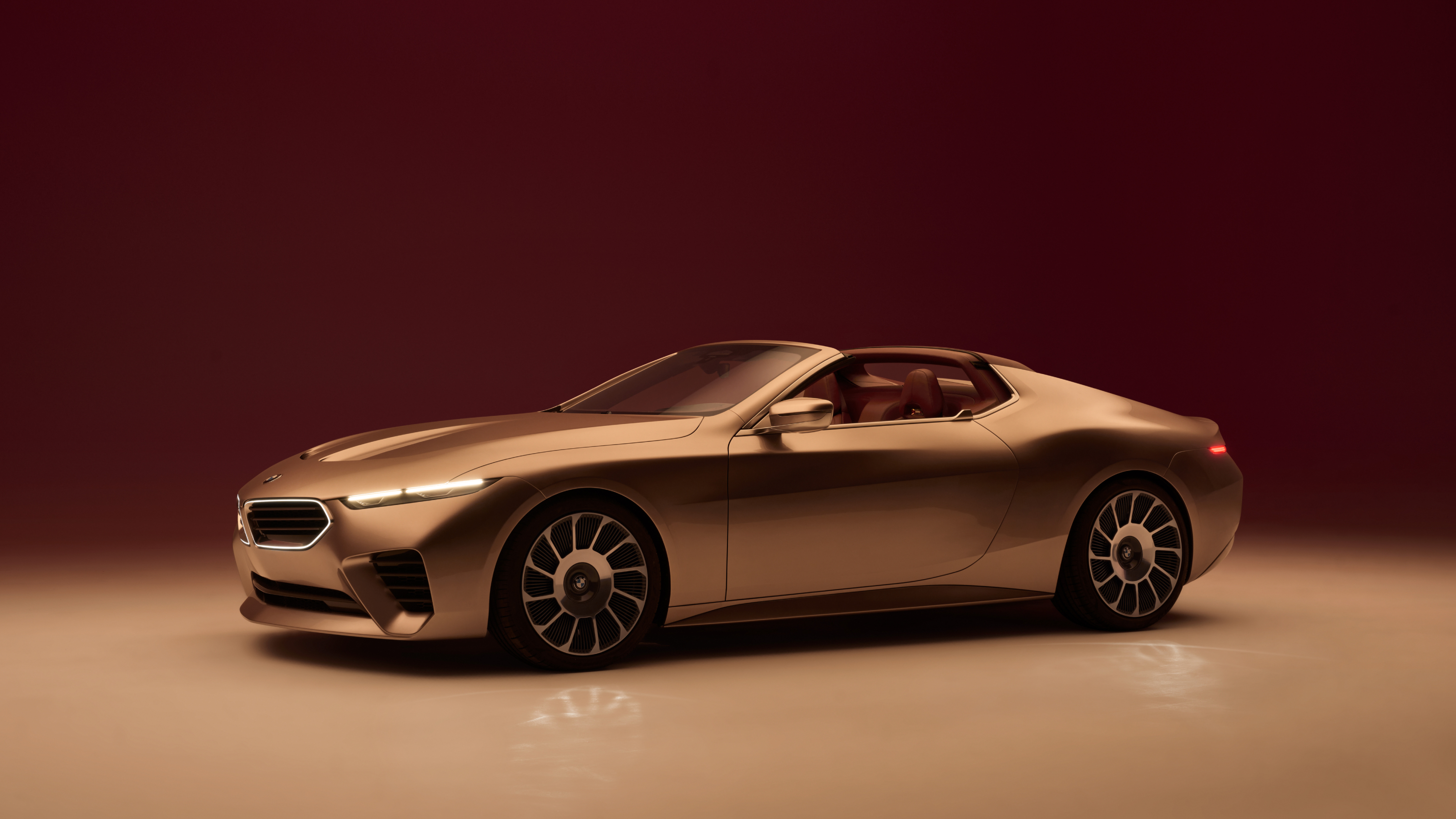 The Concept Mercedes-AMG PureSpeed and BMW Concept Skytop offer drop-top dreams
The Concept Mercedes-AMG PureSpeed and BMW Concept Skytop offer drop-top dreamsBMW and Mercedes-AMG open up with two new convertible concepts, one pitched at performance, the other at the spirit of the good life